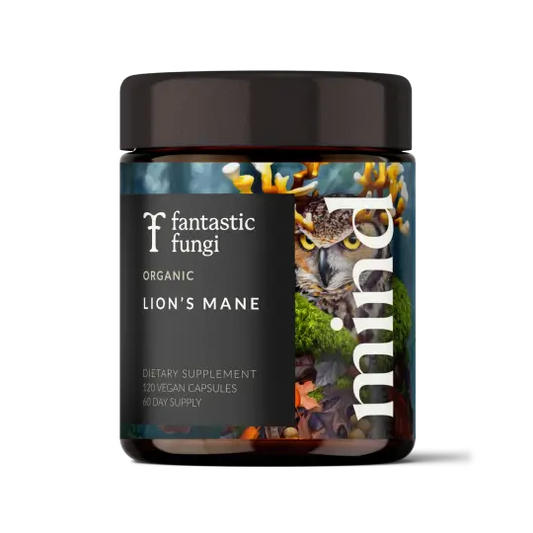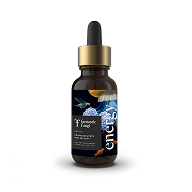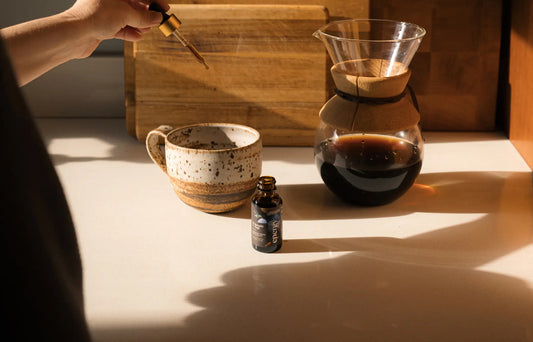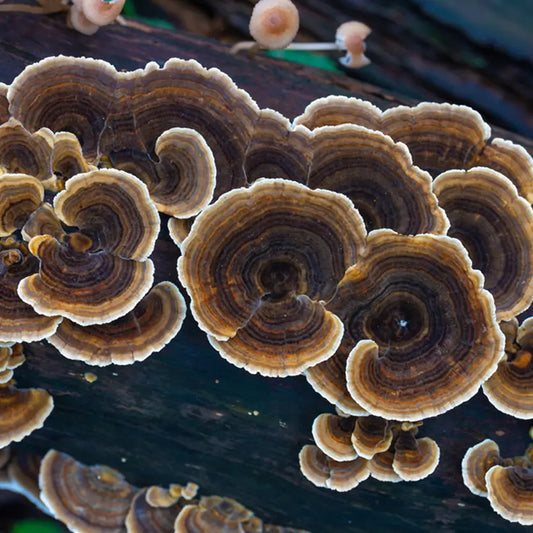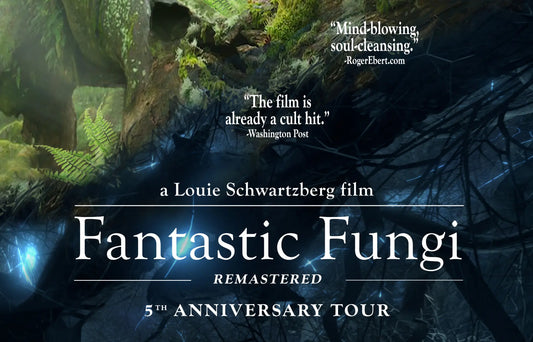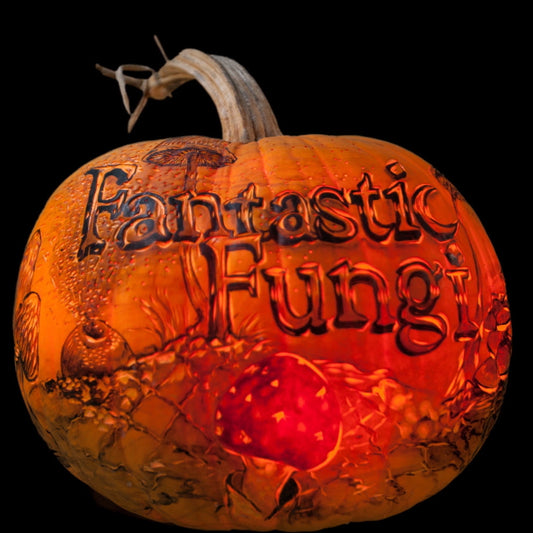
12 Sustainable Foraging Tips for Beginners
Foraging for wild mushrooms is a wonderful way to experience nature’s intelligence for yourself. By venturing out into the great outdoors, you can meet mushrooms in the space they call home – and bear witness to their magic and mystery up close. There is something truly special about watching the invisible become visible and encountering a mushroom for the first time.
But, before you pack up your basket and field guide, there are a few things to keep in mind when you’re new to foraging. From sustainable practices to nature’s etiquette, read on for a dozen tips to help you feel right at home the next time (or first time!) you head out in search of mushrooms.
Reminder: Always consult an expert before eating anything you’ve foraged in the “wild.” Mushrooms can have many lookalikes that range from harmless to fatal.
1. Start at the farmers market.
If you’re a true newbie to mushroom foraging, welcome! You’re going to love it. But before you head to the woods, consider seeking out local mushroom farmers in your area. Explore what they have to offer, ask questions and bring some home to prepare them for yourself. You can learn quite a lot about the shapes, textures and features of mushrooms simply by preparing them in your home kitchen.
2. Study up before venturing out.
Scientists have identified and described about 120,000 different types of fungi (a number that’s hotly debated). Instead of focusing on the end goal of “finding mushrooms,” start by reading up on the ones you could potentially find in a certain area. Look for field guides and other texts on mushrooms and fungi at the library.
3. Go with someone who’s more experienced.
As humans, cooperation is our most important survival trait, and communities are our greatest insurance plan. Take your lead from the shared economy underfoot and enlist the help of an expert. There’s no substitute for the teacher-student experience in nature, and working with a mycologist, trained herbalist or botanist can keep you safe, too. This is a wonderful way to support the work of those who share lessons about nature’s intelligence, which keeps traditional storytelling and folklore alive.
4. Choose one or two mushrooms.
When we narrow the list of fungi to only edible species, the number significantly shrinks to 2,000 (that we know of so far), but that’s still a wide net to cast. You’ve already taken location into consideration. From there, consider the time of year. Just like fruits and vegetables, many mushrooms are seasonal. Hunting for morels is a springtime rite of passage, for example, while chanterelles and reishi are commonly found in summer. Decide what you want to look for, and seek out its ideal habitat.
5. Get curious about your surroundings.
Once you’re out there, use all your senses to study the environment. What types of trees are around you? Are there any bodies of water? These can clue you into the types of mushrooms you might find, since different species have their own unique preferences. Mushrooms are adept at camouflage, so sometimes you need to look beyond the forest floor to identify potential caches based on nature’s context clues.
6. Always double-check your species.
You’re in the woods, amid a thicket of oak trees. You spot one that’s decaying – and a patch of mushrooms at the base. It has a convex cap, bare stem and those familiar flecks of white on top. But is it a shiitake? Possibly – but certainty is important! Double (or triple) check to be sure, using your field guide, expert source and a spore print. Foraging is a hobby that requires precision and patience.
7. Pack the right supplies.
While you can sometimes find mushrooms right in your own backyard or neighborhood park, foraging often involves hiking. Make sure you pack the supplies you’ll need to not only identify mushrooms and carry them home – but also to keep you comfortable and safe along the way. Snacks, water, comfortable shoes, an extra layer and a compass are imperative. Adjust your packing list based on where you’re going and your own personal preferences.
8. Leave no trace.
While foraging for mushrooms will leave a trace on the environment, do your best to leave nature better than you found it any time you venture out on an adventure. Pick up trash you see, carry out what you brought in and stay on marked paths, for example. Learn more about the Leave No Trace principles.
9. Take only what’s fair.
When it comes time to harvest anything from nature, consider how many are available and how easily they can regrow. A general rule of thumb is to take no more than one in 10 of something, be it an herb or mushroom. Never clear a full patch of mushrooms, since some need to be left behind to spread their spores and proliferate. Take only as much as you can use, and leave plenty for others to enjoy.
10. Carry your bounty carefully.
Mushrooms need to breathe; they don’t like to be enclosed in glass or plastic. Bring along a cloth or paper bag for your mushrooms, and try not to jostle them too much on the way back home. After all that work to find them, you want to make sure they are in good shape until you can cook them.
11. Be a realist not an optimist.
Stumbling upon a patch of chanterelles or maitake is a thrill you won’t soon forget. But even seasoned foragers come home empty-handed at times. Try not to let yourself get too disappointed, because any time spent in the company of nature is well-spent! This advice also applies to days when you think you’ve found a new mushroom. Don’t let your excitement lead to a mix-up in species. Some common mix-ups are jack-o-lanterns for chanterelles or false morels (there are many!) for the real deal.
12. Focus on the big picture.
The days you come home empty-handed can teach you valuable lessons and deepen your connection to nature’s intelligence. Use every foraging excursion as a chance to celebrate what’s overlooked, marvel over the beauty and wisdom of nature – and offer gratitude for the little things in life that provide infinite value.
Tip: Our Forager Box is a guaranteed way to bring home nature’s intelligence — and integrate the magic and mystery of mushrooms into your daily rituals and routines.
Photo Credit: Elliott Stallion
